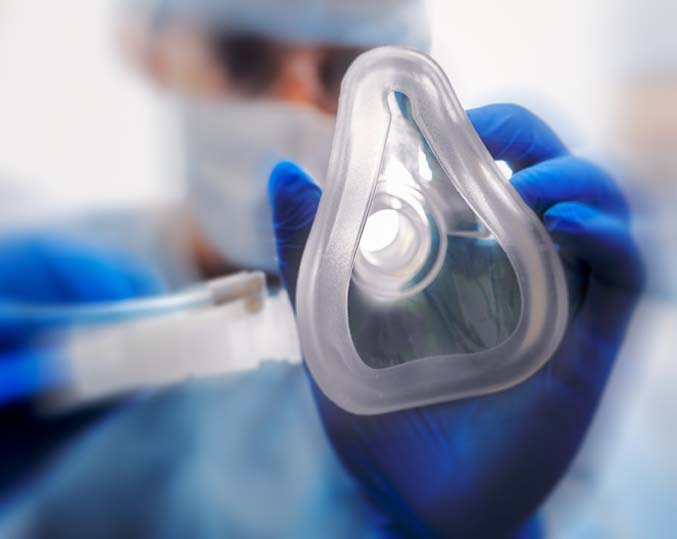Inventory Management of Medical Surgical Supplies

The surgical ward is one of the busiest in any hospital environment. You will find patients undergoing pre-operative checks, being prepared for surgery, being operated on, and undergoing recovery and rehabilitation. It should come as no surprise that medical surgical supplies are amongst the biggest outlays for hospitals.
Inventory management likely falls to the shoulders of a manager. Even the most experienced healthcare managers can find this task difficult, particularly if they encounter unforeseen circumstances. The recent Covid-19 pandemic is a perfect example of this: some consumable products, like Personal Protective Equipment, were in extremely high demand. On the other hand, increased hospital admissions meant elective surgeries were often delayed for months at a time. Products that were previously used daily suddenly spent a lot longer sitting on the shelf.
So, for a healthcare manager, how do you make sure the doctors, nurses, and specialists have access to all the medical surgical supplies they need without wasting money on unnecessary resources? It’s certainly a fine line that must be walked if both healthcare and business objectives are to be met.
The importance of inventory management
Healthcare is like any other sector in that considerable funds are allocated to purchasing equipment, tools, and products that workers (in this case, doctors and nurses) need to do their job properly. In the medical industry, these products are generally divided into two categories: capital equipment and consumable products.
Capital equipment includes large scale devices that are expensive and usually have a long shelf life. An x-ray machine, for example, is a type of capital equipment. While inventory management is important for these types of devices, it does not need to be done on a routine basis. After all, there’s little chance of you ‘running out’ of x-ray machines and you’d certainly notice if it was gone!
Consumable products, on the other hand, are usually one-time use, disposable items. There are some consumables that can be reused but only after they have been appropriately sterilized. Given the disposable nature of these products, inventory management is very important.
It’s important not to confuse the term ‘disposable’ with ‘expendable’. Consumable products play a very important role in any healthcare environment.
Take the ultrasound machine as an example. The machine itself is a capital device but it cannot function without a consumable product called an ultrasound probe cover. The cover attaches to a transducer, which is the part of the ultrasound machine a clinician moves across the body to gain a diagnostic reading. Some scans require the doctor or nurse to insert the transducer inside the body. In these situations, having appropriate infection control equipment, like an ultrasound probe cover, is very important.
So, you cannot use an ultrasound machine without an ultrasound probe cover. Well, imagine if you run out of probe covers. Maybe you haven’t been keeping close enough track of stock levels, or you’ve had an unexpected increase in the number of ultrasound examinations your medical team is performing. Even though you have the capital equipment available, you have to cancel all ultrasound appointments until you can get more stock. Depending on how many appointments you have scheduled that day (or even that week), this can have a significant effect on the length of your waiting lists. Clinicians who need diagnostic information to plan out an appropriate treatment strategy are left stranded, which can have a significant impact on patient outcomes.
Inventory management of medical surgical supplies is very important.
Strategies for inventory management
If you’re starting from scratch, expect building an inventory management plan to take some time. You’ll need to understand what types of products clinicians are using, gather data on how frequently they are being used, and implement some method of tracking stock levels.
There are many different types of software that can help you organise your stock and keep track of which products are being used. Software is definitely a recommended strategy unless you run a small scale clinic, in which case you may be able to conduct inventory management manually.
When it comes to medical surgical supplies, you could also consider using procedural kits. These kits bag everything needed for common surgeries together, meaning you don’t have to keep track of individual items like syringes or needle guides. This can cut down the amount of inventory dramatically while also making it easier for clinicians to access all the tools and resources they need.
Finally, consider speaking to an expert about the ways you can improve your inventory management approach. An experienced medical equipment supplier will be able to offer tailored advice regarding the types of tools and products you need while also recommending ways to stay organised.
Inventory management is a tricky and necessary part of running a healthcare facility. By getting on top of it, you will be doing your part to help clinicians deliver high quality healthcare.





